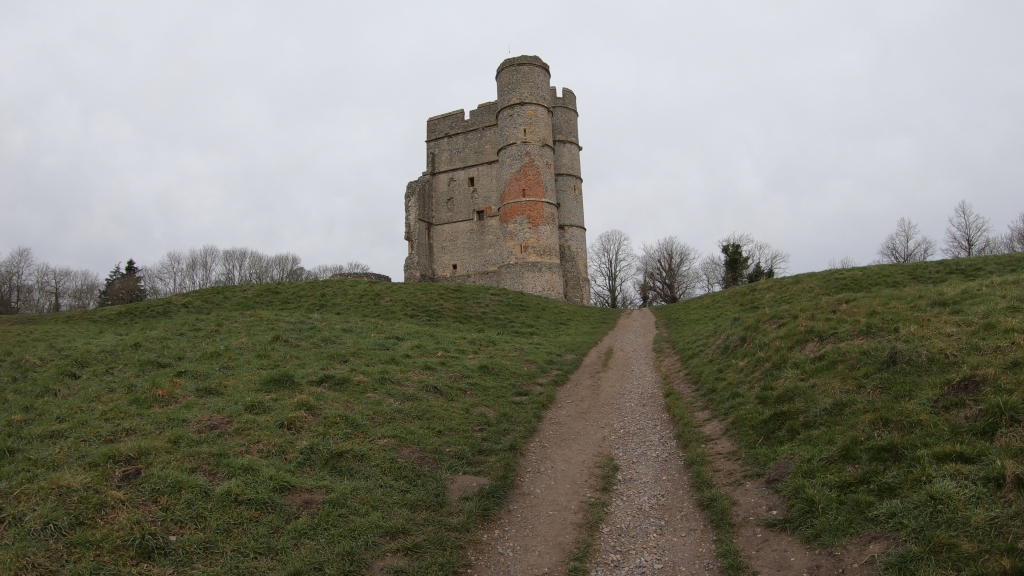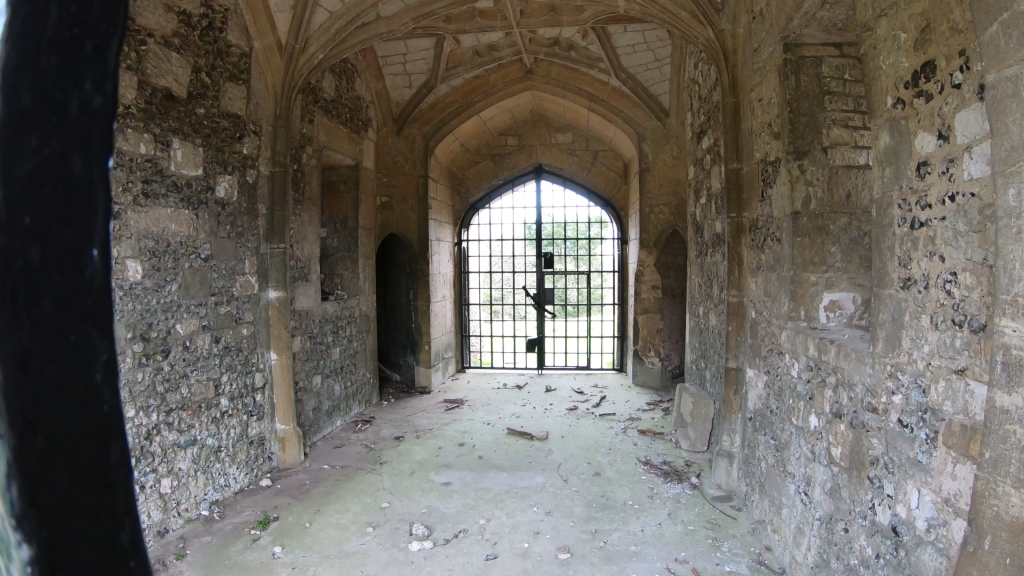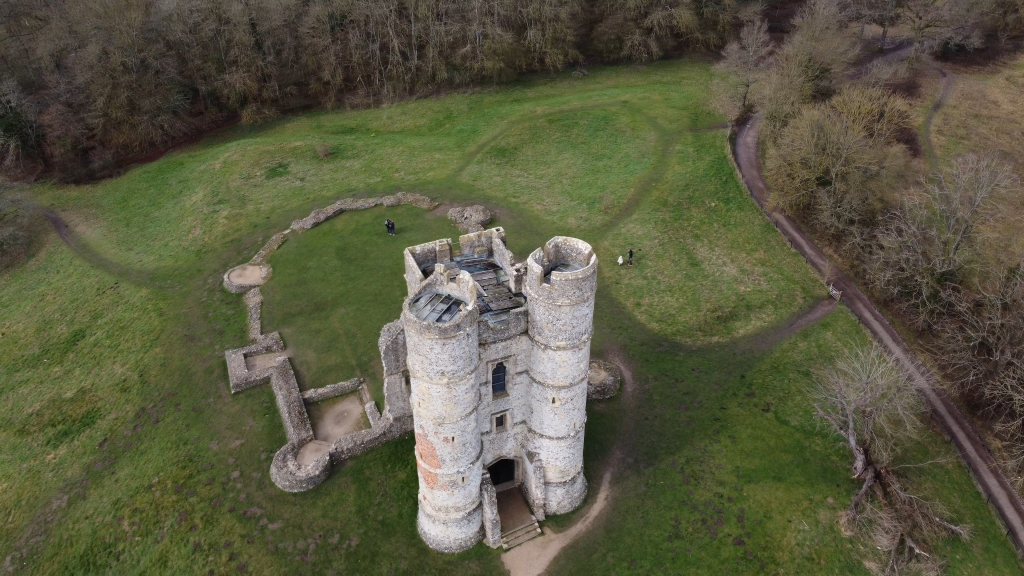Close to the historical town centre of Newbury and in a perfect location being the crossroads of southern England, its no surprise that Donnington castle has a wealth of history attached. Whilst we make our way up the short path to reach the twin towered gatehouse remains, I’ll explain the history on how this castle began it’s life.

Sir Richard Abberbury, purchased the castle in 1392 for 100 shillings and he also acquired the king’s license to refortify and rebuild the castle into a stronghold. Sir Richard was the chamberlain or the senior royal officer in charge of King Richard II and also a close companion of the kings father, Edward, the black prince at the famous and bloody battle of Crécy. The castle was built overlooking the town of Newbury, on a crest of a hill which saw the control of a river crossing and a major road junction.
Later in 1415 the castle became the property of Thomas Chaucer, the son of the English poet Geoffrey Chaucer. Thomas’s Daughter Alice mainly used the castle as her home, she later became the duchess of Suffolk. Unfortunately the castle passed to the ownership of the crown when the Chaucer family fell out with the Tudor monarchy and the castle was granted to the 1st earl of Nottingham as a reward for their services in the Spanish armada.

In 1643, parliamentarian John Packer acquired the site, but this was during the English civil war and after the first battle of Newbury when again the castle was soon taken for the king, Charles I, to which it was held by Sir John Boys, who was a royalist governor who spent £1,000 on the earthworks to strengthen the defences for the battles yet to come.
Boys commanded a division of the royalist regiment which consisted of 25 horse, 200 foot and 4 guns which all remained throughout the siege. Amazingly the earthworks that boy’s commanded to be built were in a star shape to provide gun emplacements, even though much of it is overgrown you can still make them out when we see it from above.

The parliamentarians laid siege to the castle in October 1644 and the garrison held out for 18 months, one particular assault on the castle became more serious and hard to manage with the arrival of heavy siege artillery which led to a constant twelve day bombardment that did some serious damage to the fabric of the castle, it still didn’t prevent the cavaliers from mounting another brilliant counter attack and driving the besiegers back with great loss.
Later with the permission from the king, Boys had no choice but to surrender the castle and were luckily allowed to leave with all his men. In April of 1646, Sir John Boys marched with his gallant protectors out of the castle ruins with colours and flags flying and the sounds of the drums beating, which was the full military honours in which he and they all richly deserved.

Unfortunately as we made our way up to the stunning gatehouse, it was locked as it is most times of the year, I believe it’s only opened on special occasions, but I can imagine the view points over the Wessex downs and Newbury are incredible from the battlement of the gatehouse. The gatehouse remains almost to it’s full height and really is one of the finest examples of 14th century military architecture in England, it is built with stone dressings and flint and consists of three main storeys and tall circular flanking towers on each side.
The archway is lovely to look at, it’s decorated beautifully if you look carefully with grotesque heads, a typical middle age medieval trait in how they decorated their castles and buildings. You can also see some of the damage on the walls by the various amounts of cannonballs that were fired during the sieges and also spot some brick patches that were necessary to repair the building.
You can make out the inside of the gatehouse; its entrance way has a beautiful stone vaulting and stair ways that leads to the upper floors. It also features of course the two portcullises at either end. The castles walls would have enclosed a number of important buildings that were once formally attached to the west side of the gate-house which probably included the great hall on the first floor, servants quarters, accommodation for guests, latrines and the main accommodation for Sir Richard, as you look up you can make out the several doorways, fireplaces and windows and also some of the fascinating gargoyle faces on the towers.

The courtyard of the original castle is not really visible today was assumed to have a hall, a kitchen, of which in the outer walls you can see a brickwork fireplace and what’s thought to be the castles drainage culvert for a garderobes that would have originally been high up in one of the towers here.

Whilst the castle doesn’t seem large and elaborate at some castles we get to see nowadays, this is still quite an imposing site, both King Henry VIII and Queen Elizabeth 1st stayed at the castle during the Tudor period. The site itself is very easy to get too, well signposted off the major roads to the north of Newbury and open at any time with a free car park too, the walk to the castle will only take a few minutes up an uneven walk uphill but it’s very accessible and actually really nice to walk around.
If you liked the blog please hit that like button, watch the full video below and consider subscribing if you haven’t already.
Till Next Time!
Discover more from Pinned on Places
Subscribe to get the latest posts sent to your email.


Leave a comment